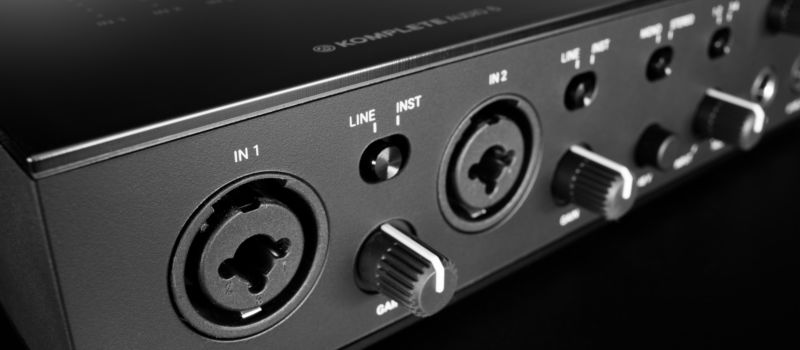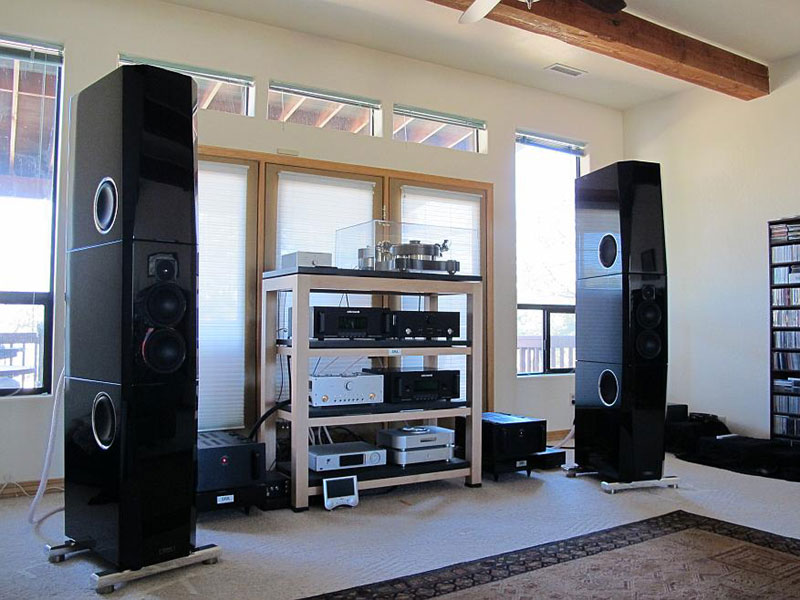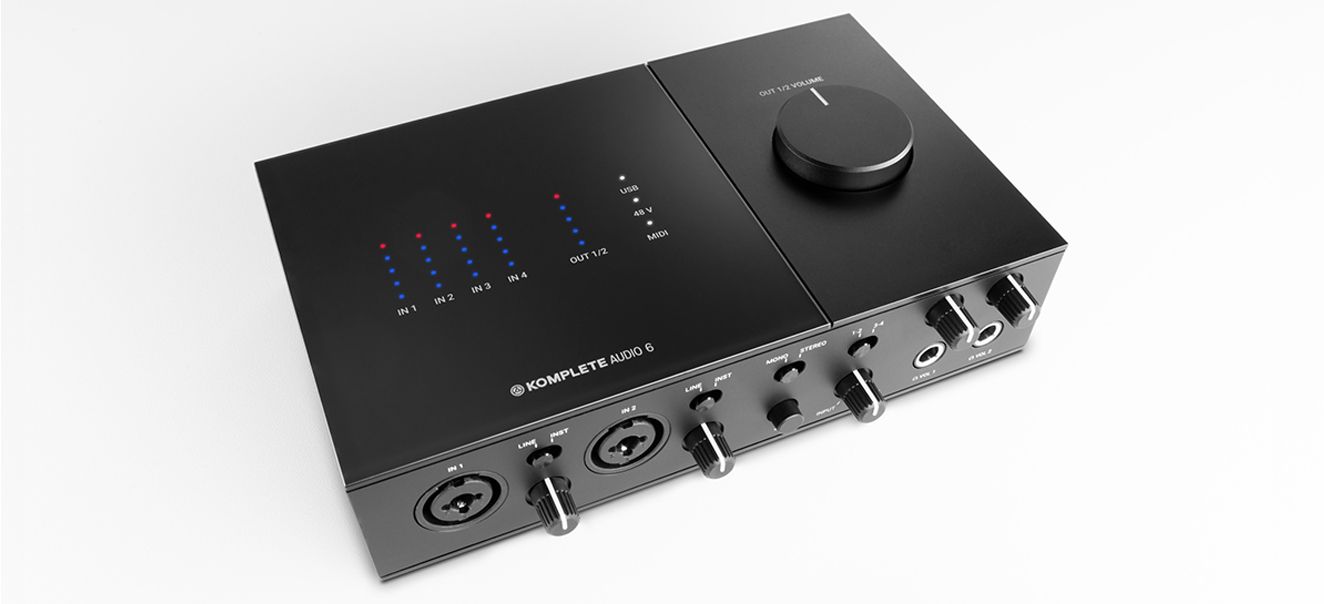
In short, the JP-80 is the closest to "the best of all worlds" ideal that I've yet heard from a phono stage or, in other words, it's "like nothing is there". In general, the Jadis JP-80, as currently modified, combines the most desirable qualities of the finest triodes with the basic strengths of the fastest and purest transistor models ( Spectral). "Practicality" obviously favored the Coincident, but the comparisons were "best to best". It also had less gain that the Coincident, which created another problem with my low-cut records. Of course, I must also point out that the Jadis had only one volume setting, so I couldn't adjust it to sound its best with high-cut records.

If I employed the same analogy I used with them, I would say that the Jadis JP-80 was the "next page or two", but definitely not a "new chapter". In degree, after taking into account the Statement's (tiny) SUT advantage, I would say the differences I heard between the two MM phono stages were somewhat more noticeable than those between the two Frankenstein amplifiers mentioned earlier.

Overall, the Jadis was more refined, natural and less "electronic". A little more organized and less homogenized.Ħ. A bit more defined, extended and solid in the bass.Ĥ. A little cleaner, faster and immediate.ģ.

The JP-80, when compared to the Statement, was.ġ. The differences between them were not huge or "dramatic", but they were still important, and very similar in type to the what I had heard when I directly compared the original Coincident Frankenstein amplifier to the current version (with the shiny stainless steel chassis). So, after all the comparisons, using my most familiar and challenging recordings, which was better? Further, Coincident has since changed the output capacitor (to a Solen Teflon) in the current model. (The separate Statement MC Transformer had a serious hum problem with the Jadis at the time.) It is critical to note that both of these phono stages went directly into the amplifiers, so no Line Stage was ever used. The JP-80 used the Bent Silver, while the Statement obviously used its own internal transformers. The system was exactly the same, with the single exception of the MC SUT. I made several comparisons between these two models ( A/B/A/B/A). The Comparisons with the Coincident Statement Phono Stage However, I can't stress enough that no one should even attempt these modifications, some of which are extreme, without a great deal of knowledge and experience in such matters. *For the most complete description of the modifications I have performed on the JP-80, please go to The Modifications File. The complete JP-80 direct signal path is now this: RCA inputs - 12AX7 - V-Cap Teflon - 12AX7 - V-Cap Teflon - Selector Switch - RCA outputs. In fact, there are no resistors in the entire direct signal path *. The volume control, which is resistor based, is now only a shunt to ground, so it is not in the direct signal path. Only the selector switch is still in the direct signal path, with every other switch now bypassed. All of the power supply capacitors are film based. The RIAA equalization is accomplished with feedback, using Stanley Lipschitz's formula. There is a V-Cap CuTF Teflon capacitor (.47 uf) coupling the two remaining tubes and another V-Cap CuTF Teflon (1 uf) at the output of the second tube. The other four signal path tubes in the stock JP-80 have been removed (all 3 in the line stage and the phono stage cathode follower).
:strip_icc():strip_exif():fill(white)/blogs/komplete-audio-6-review-header-20191210-1637.jpg)
My current "reference" JP-80 uses only two tubes in the signal path, both of them a 12AX7. My own (modified) preamplifier is, in effect, the end result of my unsuccessful effort to find such an ideal model in the audio market place. There is some good news though: The two finest (stock) models were both made in the last few years though, which is definitely encouraging.įor me, the "Ideal Phono Stage" would be totally self-sufficient, which means it could drive, by itself, an entire audio system dedicated to a phono front-end source, without any need for further pre-amplification (a line-stage). Some of these models had excellent (for their time) phono stages. Accordingly, I have decided to mainly focus on the used preamplifiers from the 1980s and early 1990s. The published "reviews" of these particular models are not trustworthy either, in my opinion. There are also a few interesting designs that are not in either of the above categories, but I haven't had the opportunity to audition them. In the current market, the consumer appears generally to have a choice of either low-quality models that are very cheap, or high-quality (not state-of-the-art) units that are usually overpriced. I have generally been unsatisfied with the "selection" of separate phono stages listed below.


 0 kommentar(er)
0 kommentar(er)
